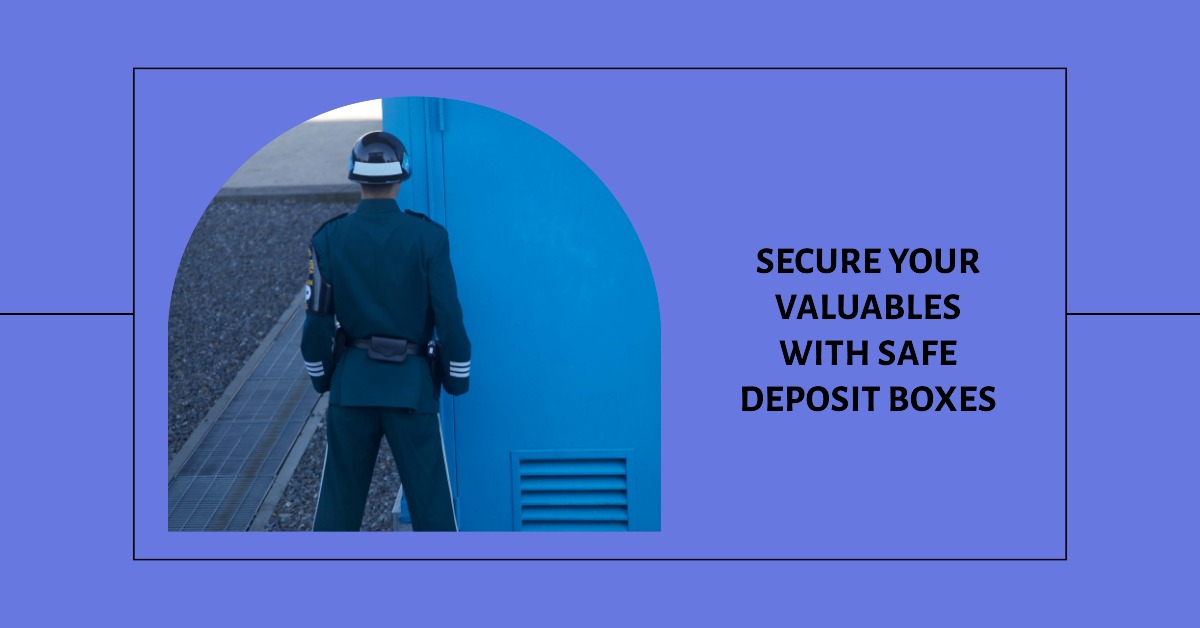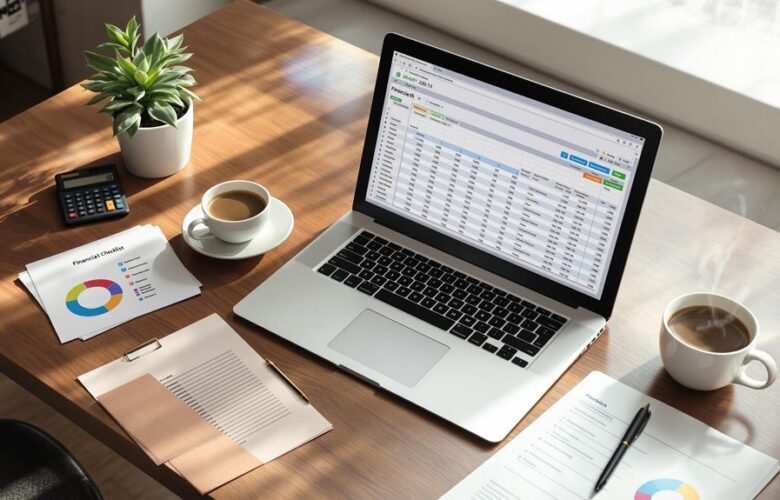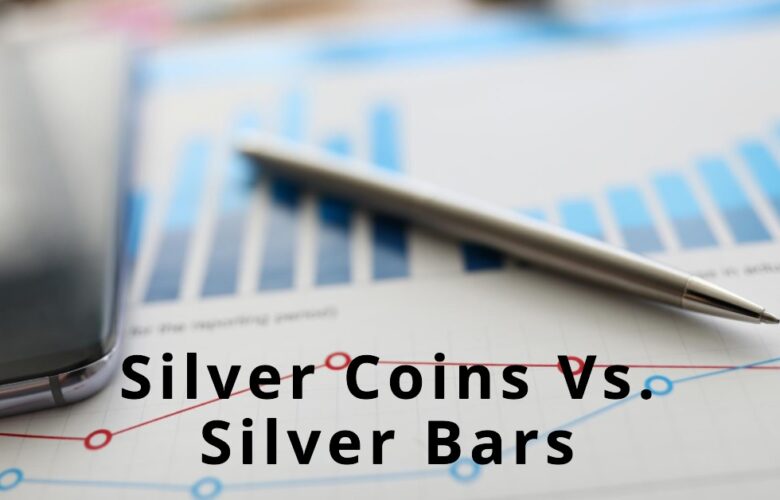Are you thinking about getting a safe deposit box? You’re not alone–did you know that over 20 million Americans use these boxes to store important items?
But there’s more to these boxes than meets the eye. Let’s dive in and explore five things you didn’t know about safe deposit boxes.
You’ll learn about what types of items you can store, how to access your box, size considerations, security features, and emergency situations.
Types of Items
While you may think of a safe deposit box like a bank vault, it can be used to store a wide variety of items. These items can range from sentimental items, such as heirlooms and collectibles, to important documents like wills, car titles, and birth certificates. It can also be a great place to store items of financial value, like stocks, bonds, and jewelry.
Before renting a safe deposit box, it’s important to understand the associated costs and insurance coverage. The costs of renting a safe deposit box varies from bank to bank, and can range from a few hundred dollars a year for a small box to a few thousand dollars a year for large boxes. It’s also important to understand whether the bank offering the box will offer any insurance coverage. Most banks will not, so if you’re storing items of significant financial value, you may want to consider purchasing insurance from a third-party insurer.
Finally, it’s important to remember that safe deposit boxes aren’t a substitute for a will. While you can store an original copy of a will in a safe deposit box, you should also provide a copy to your lawyer and/or estate executor, and any other individuals named in the will. This ensures that the will can be accessed when necessary.
Accessing a Box
Frequently, accessing a safe deposit box isn’t as simple as walking into a bank and opening it. Banks will often require the box holder, or authorized representatives, to show valid ID and provide a signature in order to access the box.
In some cases, an expiration date for the box may be set, requiring the box holder to renew or extend the rental agreement in order for continued access. It’s also important to note that the contents of the box aren’t insured by the bank, and it’s advisable to obtain an insurance policy to cover the value of the items inside the box.
Finally, before signing up for a safe deposit box, it’s a good idea to check with the bank to confirm their policies and procedures on accessing the box. Many will require a minimum rental period and may have additional restrictions. It’s also important to ensure that the bank is reputable and has a good track record of customer service, as well as strong security measures in place.
Ultimately, understanding the process of accessing a safe deposit box can help protect your valuable items and give you peace of mind.
Size Considerations
Now that you know the process of accessing a safe deposit box, it’s also important to consider the size of the box you need. Although the size of the box is usually determined by the bank or credit union, there are a few general guidelines to follow when renting a box.
Smaller boxes are typically 2-3 inches wide, 6-7 inches long, and 3-4 inches deep. Medium-sized boxes are usually 3-4 inches wide, 8-9 inches long, and 4-5 inches deep. Large boxes are often 4-5 inches wide, 10-11 inches long, and 5-6 inches deep.
These sizes usually come with corresponding box fees. Smaller boxes are typically the least expensive, followed by medium-sized boxes, and then large boxes. Prices may vary depending on the bank or credit union, but the general cost structure remains the same. It’s important to note that fees for a safe deposit box are due annually, regardless of how frequently you use the box.
When deciding on the size of your box, make sure to consider the amount of items you need to store. Overstuffing a box can make it difficult to close and may result in additional charges. Be sure to review the bank’s guidelines for safe deposit boxes before renting.
With the right size box, you can store your valuables safely and securely.
Security Features
You may not be aware of the security features in place to protect your valuables in a safe deposit box. From the locking mechanisms to insurance coverage, there are several features designed to ensure your belongings are kept safe.
Many safe deposit boxes have two locks, one for the box itself and one for the individual door. For extra security, some banks require two keys to open the box. This means a bank employee and the box owner must both be present to open the box.
Another important security feature is the insurance coverage. Most banks will provide insurance for the contents of the box, but often the box owner will need to purchase additional coverage to protect the items inside. It’s important to check the terms of the insurance before signing a safe deposit box agreement.
Finally, the physical security of the box is also a key security feature. Banks typically have multiple layers of security, including surveillance cameras, alarms, and security guards. Many banks also have a vault that’s regularly monitored by security personnel.
When considering the security features of a safe deposit box, it’s important to compare the features at different banks to ensure you’re getting the best protection for your valuables. With the right security features in place, you can rest easy knowing your valuable items are secure.
Emergency Situations
No matter how secure your safe deposit box may seem, there are certain emergency situations that you should be prepared for. If you’re storing important financial documents, such as deeds, wills, or other forms of documentation, it’s important to be aware of the potential risks that come with keeping them in a safe deposit box. In the event of a natural disaster, theft, or other emergency, you must make sure that your documents are properly backed up and that you’re prepared to access them.
If you’re concerned about the safety of your documents, it’s important to create a financial plan that includes contingencies for emergency situations. This plan should include information on how to access your documents in the event of an emergency, as well as alternate backups that are stored offsite. It’s also a good idea to store a copy of your documents in a secure, fireproof safe, separate from your safe deposit box.
It’s also important to create a secure emergency plan in case you’re unable to access your safe deposit box. Make sure to keep your safe deposit box key in a secure location, and consider setting up a notification system with your bank in case of emergency. Additionally, it’s a good idea to have an emergency contact that you can contact in case you’re unable to access your documents.
Conclusion
You may have thought that safe deposit boxes were just for storing jewelry and documents, but they’re so much more than that! With the right size, security features, and access, you can store anything from tangible items to digital copies.
So don’t be afraid to use your imagination – after all, the sky’s the limit! And if you ever find yourself in an emergency situation, you know you can trust your safe deposit box to keep your valuables safe.
So with all of that in mind, why not give it a go?




